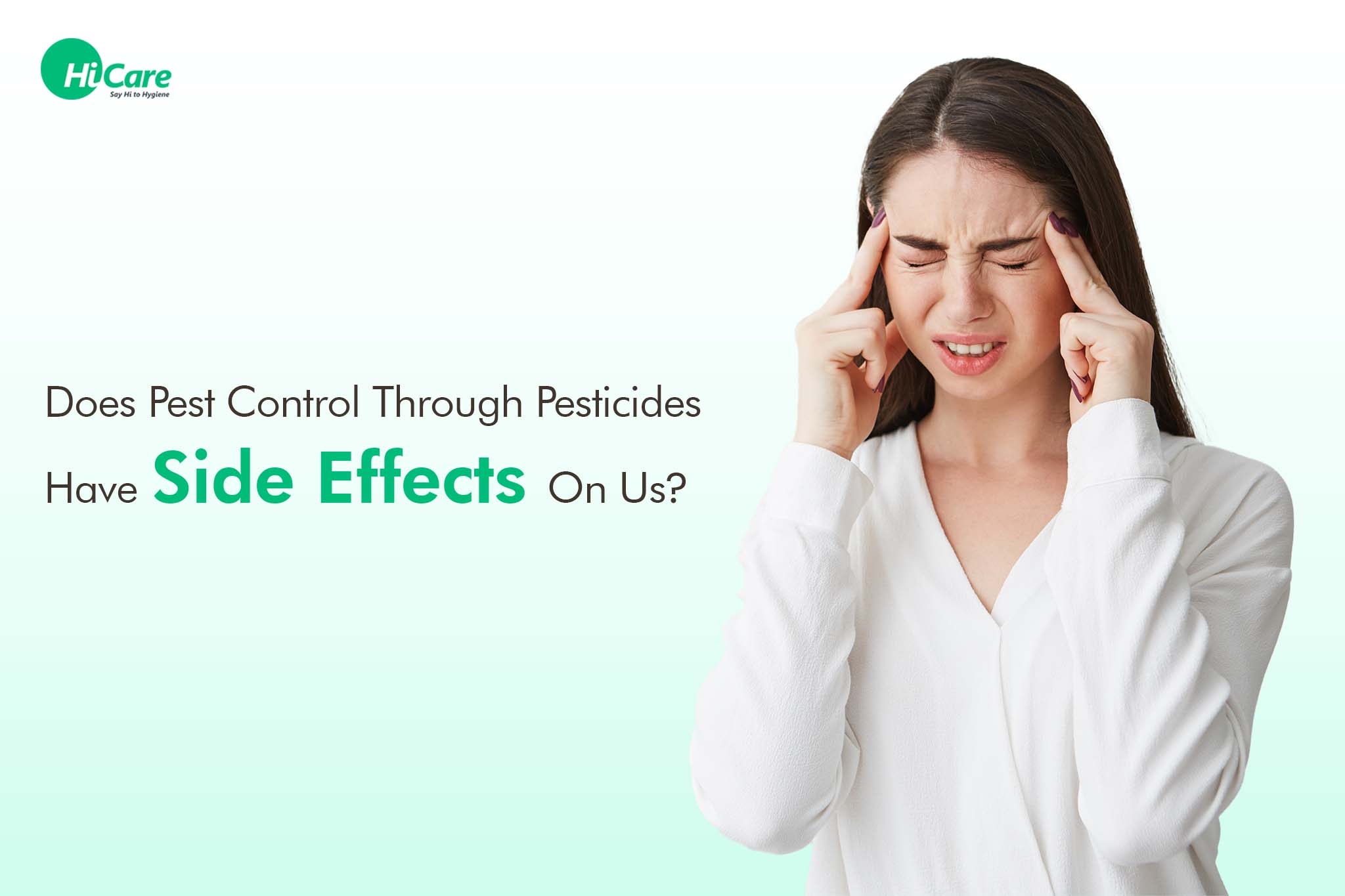Eco Bed Bug Exterminators Dc Fundamentals Explained
Table of ContentsSome Of Eco Bed Bug Exterminators DcSome Known Facts About Eco Bed Bug Exterminators Dc.Examine This Report about Eco Bed Bug Exterminators DcSome Known Facts About Eco Bed Bug Exterminators Dc.The smart Trick of Eco Bed Bug Exterminators Dc That Nobody is Talking About
Because chemicals are poisonous, they are likewise possibly dangerous to human beings, animals, other organisms, and the setting. As a result, individuals who make use of chemicals or on a regular basis come in contact with them must understand the relative poisoning, potential health effects, and preventative actions to reduce direct exposure to the items they utilize. Risk, or danger, of utilizing chemicals is the capacity for injury, or the level of threat entailed in using a chemical under an offered set of problems.
Applicators can lessen or almost eliminate direct exposure-- and hence reduce risk-- by following the tag guidelines, making use of individual protective apparel and equipment (PPE), and taking care of the pesticide correctly. For instance, more than 95 percent of all chemical exposures originate from dermal direct exposure, primarily to the hands and forearms. By putting on a set of unlined, chemical-resistant handwear covers, this kind of exposure can be nearly removed.
The damaging results that take place from a single exposure by any type of route of entry are termed "intense impacts." The four courses of exposure are facial (skin), breathing (lungs), oral (mouth), and the eyes. Intense poisoning is identified by analyzing the facial poisoning, inhalation toxicity, and oral toxicity of test animals.
The Of Eco Bed Bug Exterminators Dc
Acute toxicity is gauged as the quantity or focus of a toxicant-- the a.i.-- called for to kill half of the pets in a test populace. This measure is typically expressed as the LD50 (dangerous dose 50) or the LC50 (lethal concentration 50). Furthermore, the LD50 and LC50 worths are based on a single dose and are tape-recorded in milligrams of chemical per kg of body weight (mg/kg) of the guinea pig or in parts per million (ppm).
The lower the LD50 or LC50 value of a chemical product, the better its toxicity to humans and pets. Pesticides with a high LD50 are the least hazardous to humans if made use of according to the instructions on the item label. The chronic toxicity of a chemical is determined by subjecting examination pets to long-lasting direct exposure to the energetic component.
The chronic toxicity of a pesticide is much more hard than severe toxicity to determine through laboratory evaluation. Products are classified on the basis of their relative intense toxicity (their LD50 or LC50 values). Pesticides that are classified as highly toxic (Poisoning Category I) on the basis of either dental, facial, or breathing poisoning must have the signal words risk and toxin printed in red with a skull and crossbones symbol plainly displayed on the front panel of the package tag.
The intense (single dose) dental LD50 for chemical products in this team ranges from a trace total up to 50 mg/kg. For instance, direct exposure of a few declines of a product taken orally might be fatal to a 150-pound person. Some chemical products have simply the signal word risk, which informs you nothing concerning the intense toxicity, simply that the item can create serious eye damage or serious skin irritation
Not known Facts About Eco Bed Bug Exterminators Dc
In this classification, the intense oral LD50 varieties from 50 to 500 mg/kg. A teaspoon to an ounce of this material could be fatal to a 150-pound individual (bed bug heater rentals). Pesticide products categorized as either somewhat hazardous or relatively safe (Poisoning Classifications III and IV) are required to have the signal word CAUTION on the pesticide label

Not known Incorrect Statements About Eco Bed Bug Exterminators Dc
All pesticide toxicity values, including the Consisting of, can be found on discovered product's Item Safety Data Safety and security InformationMSDS). Chemical tags and MSDS can be obtained from retailers or makes. Furthermore, most items also have information that can be located on the web. The signs of chemical poisoning can vary from a moderate skin irritation to coma or also fatality.
People likewise vary in their sensitivity to various levels of these chemicals. Some people might reveal no response to an exposure that may cause serious ailment in others (exterminator DC). Since of prospective health concerns, chemical users and trainers should identify the usual indicators and symptoms of chemical poisoning. The impacts, or symptoms, of pesticide poisoning can be extensively specified as either topical or systemic.
Some Known Factual Statements About Eco Bed Bug Exterminators Dc
Dermatitis, or inflammation of the skin, is look at this web-site approved as one of the most frequently reported topical effect associated with chemical direct exposure. Signs of dermatitis array from reddening of the skin to rashes and/or blisters. Some people have a tendency to cough, wheeze, or sneeze when subjected to pesticide sprays. Some individuals react to the solid smell and irritating effects of oil distillates made use of as service providers in pesticide products.
This signs and symptom typically subsides within a couple of mins after an individual is removed from the direct exposure to the toxic irritant. A response to a chemical item that creates someone not only to sneeze and cough but also to create severe acute respiratory system signs and symptoms is much more likely to be a true hypersensitivity or allergic reaction.
Systemic effects are rather various from topical results. They often happen away from the original point of contact as an outcome of the pesticide being soaked up right into and distributed throughout the body.